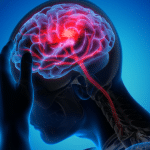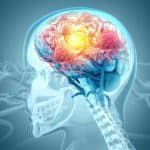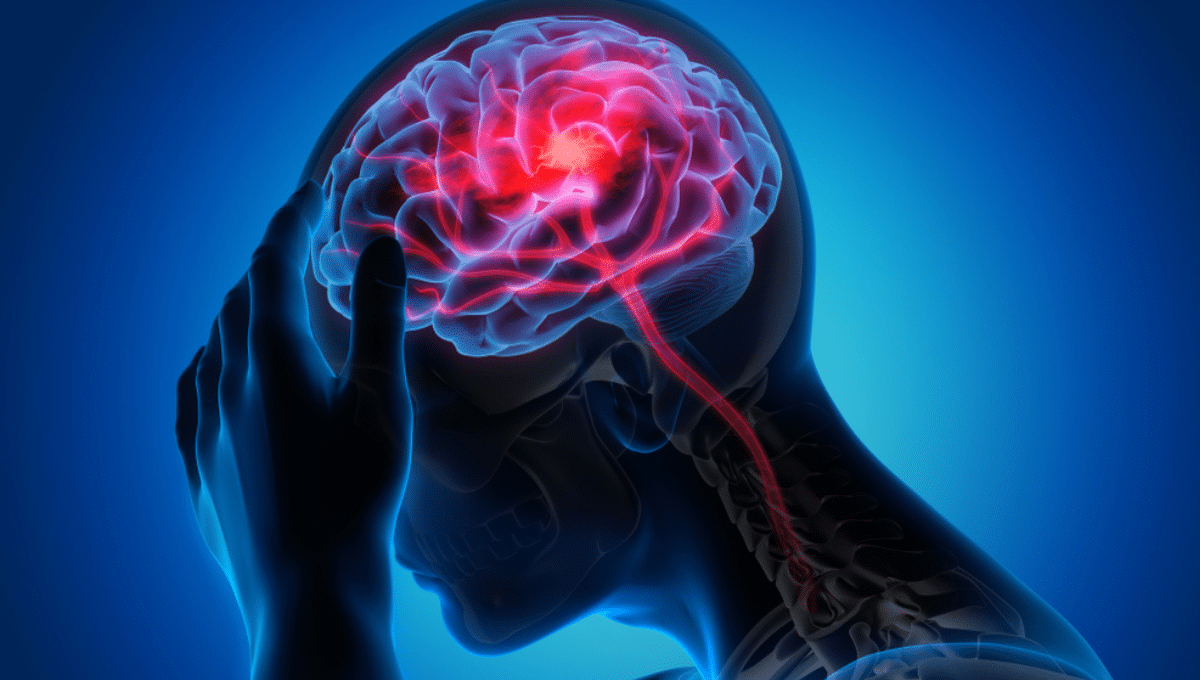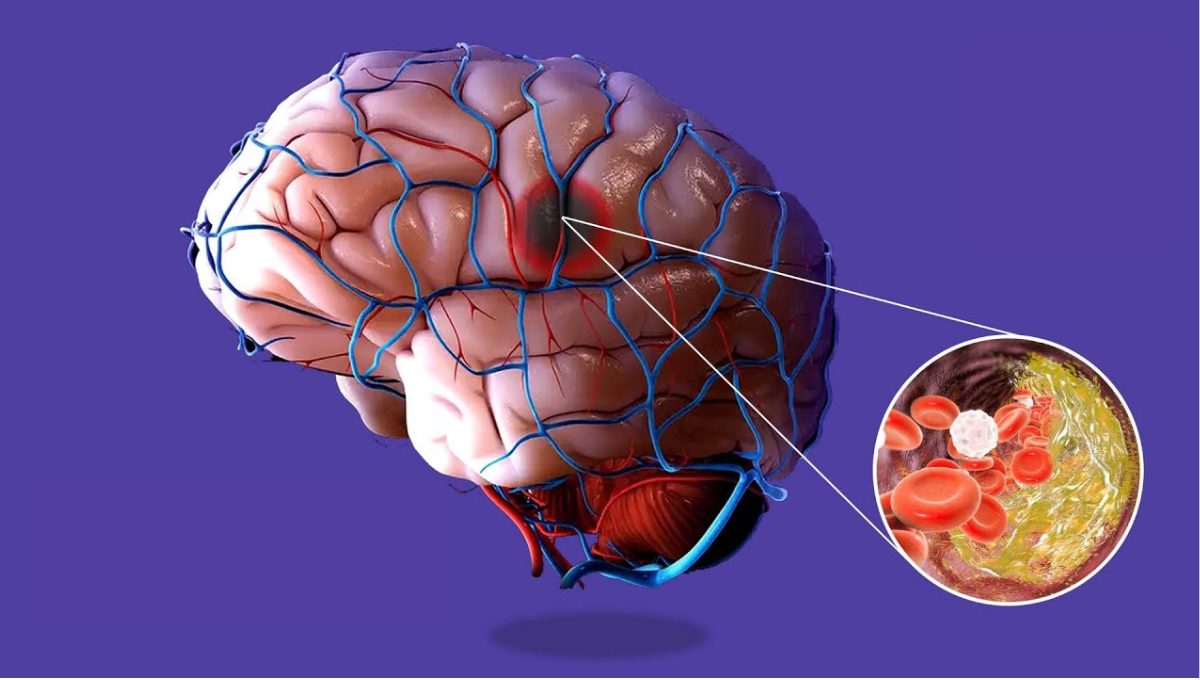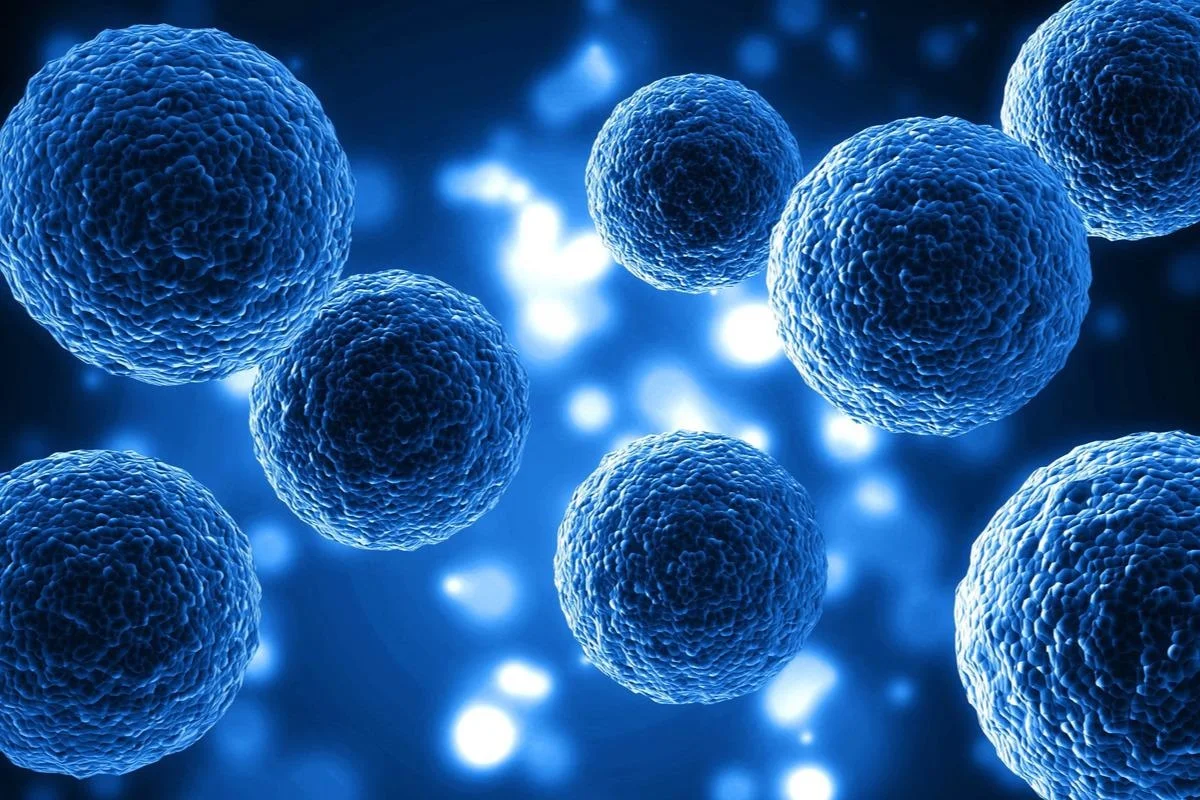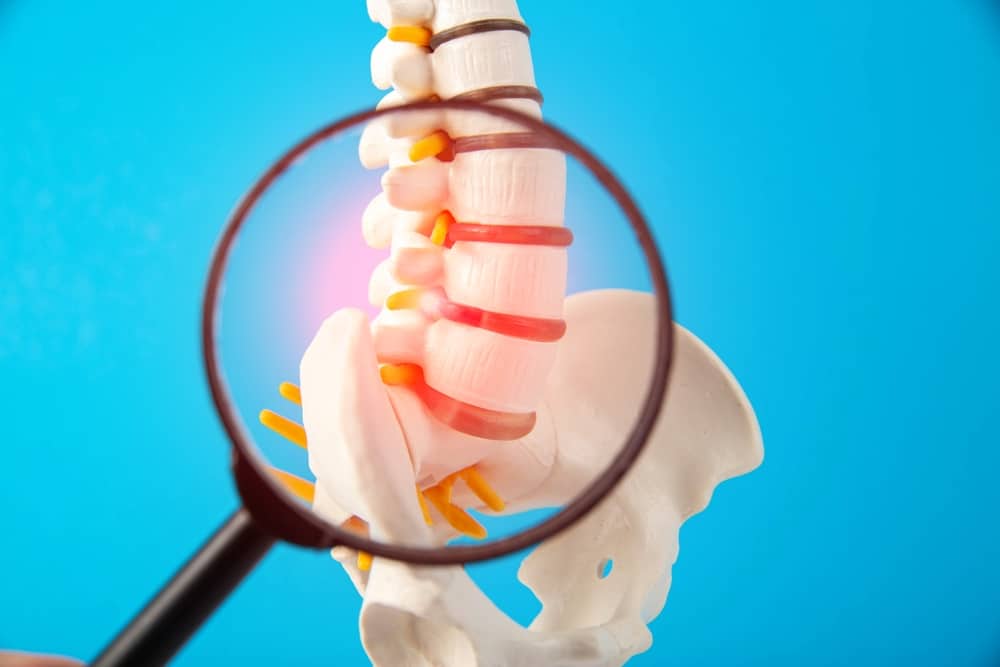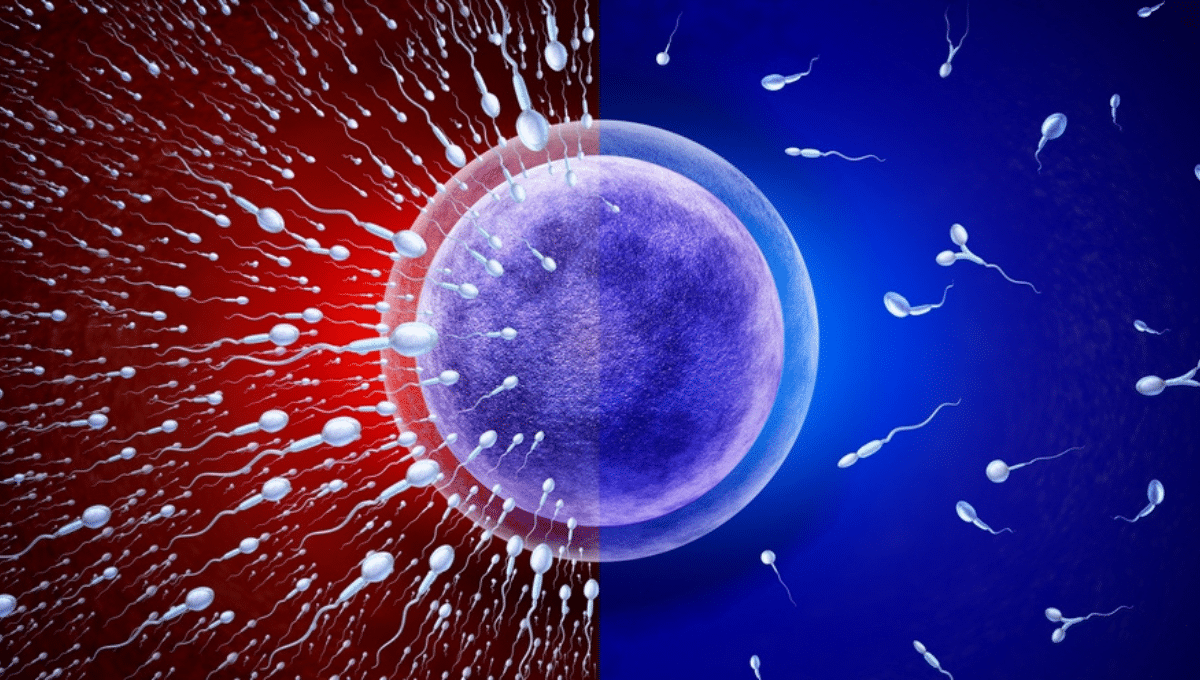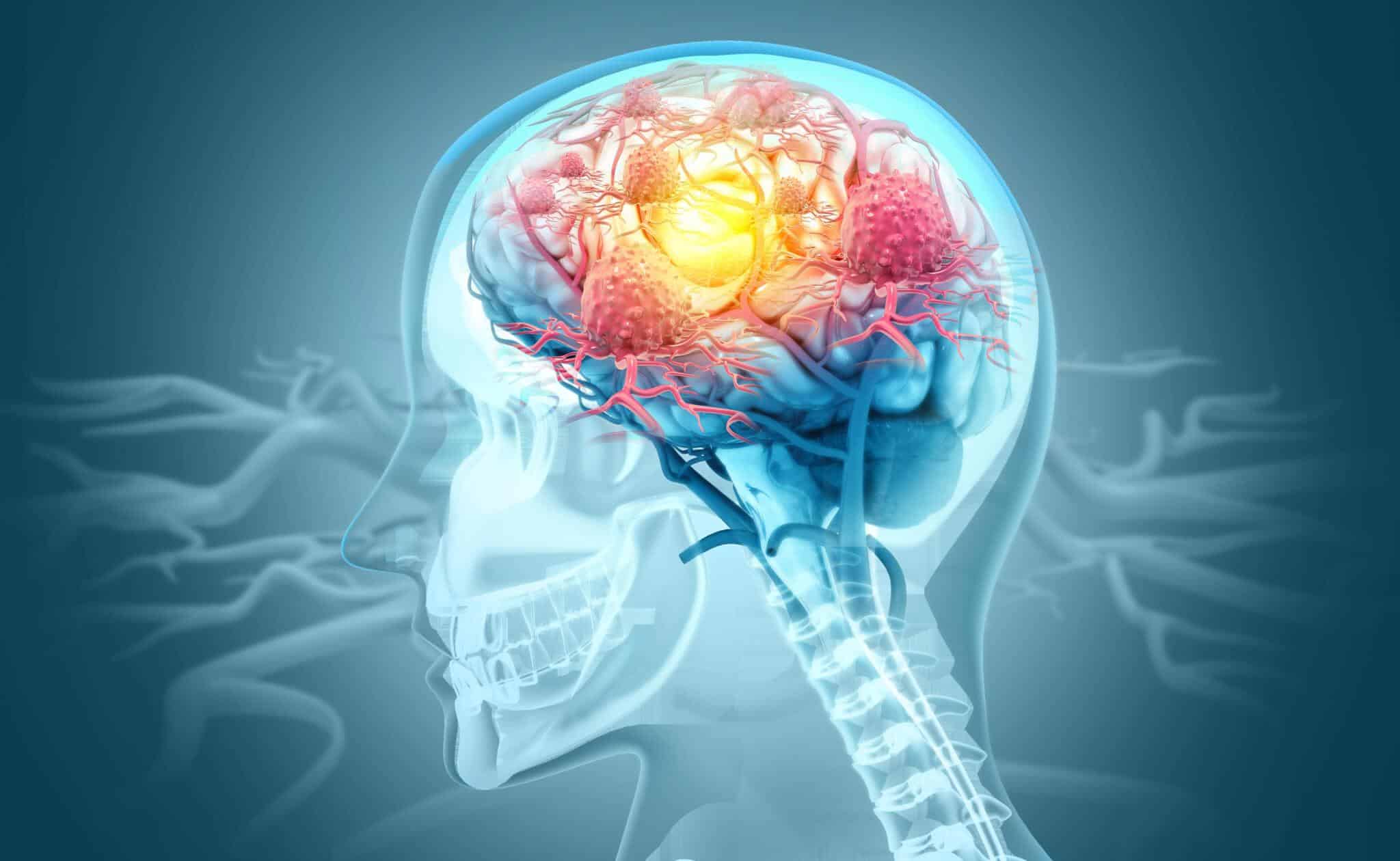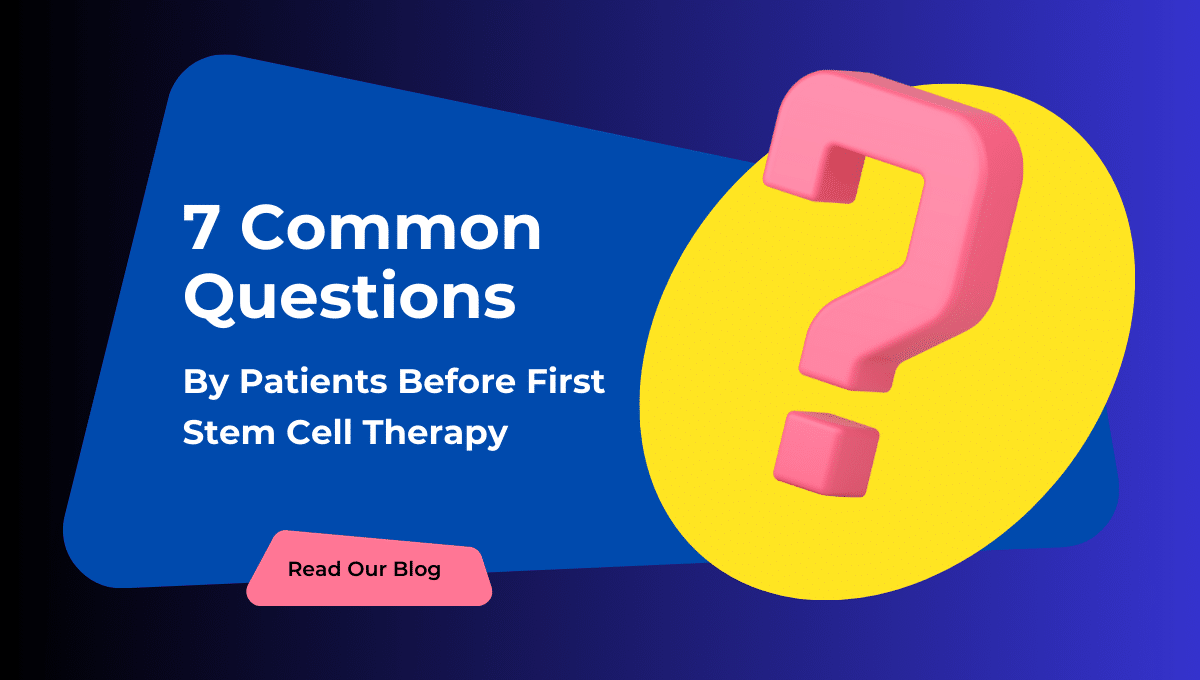- Home
- About Us
- Book Appointment
- Treatments
- Alzheimer’s Disease
- Anti-Aging
- Autism
- Autoimmune Disorders
- Back Pain
- COPD
- Crohns Disease And Ulcerative Colitis
- Erectile dysfunction and Penis enlargement
- Fibromyalgia
- Hip Pain
- Knee Pain
- Lupus
- Lyme Disease
- Multiple Sclerosis
- Muscular dystrophy
- Parkinsons Disease
- Peripheral And Diabetic Neuropathy
- Post Cancer Treatments
- Post Stroke Recovery
- Psoriasis
- Rheumatoid Arthritis
- Shoulder Pain
- Join The Club
- Aesthetics
- Blog
- Contact Us
The medical term for heart attack is Myocardial Infarction, which is a cause of death for millions of individuals worldwide. A heart attack happens when the tissues in the heart muscles begin to die due to a lack of oxygen supply. It is a life-threatening medical emergency that requires immediate attention from a healthcare provider to restore blood and oxygen flow quickly.
The patient’s myocardium undergoes poor functional recovery following a heart attack. Stem cell therapy for acute myocardial infarction is an effective treatment to restore cardiac function.
This article focuses on the therapeutic benefits of stem cells for improving a patient’s heart function in the event of myocardial infarction.
Table of Contents:
- Introduction – An Overview of Myocardial Infarction
- The Promise of Stem Cells For Repairing Heart Muscles
- Types Of Stem Cells Used For Treating Myocardial Infarction.
- Process of Stem Cell Therapy For Heart Attack
- Benefits of Stem Cell Treatment For Myocardial Infarction
- Clinical Trials Showing Positive Outcomes In Patients
- Stem Cell Therapy For Heart Attack – Post-Treatment Care
Introduction – An Overview of Myocardial Infarction
A heart attack or Myocardial Infarction (MI) occurs when the blood supply to the heart is suddenly cut off due to the formation of clots in the heart arteries. The reduced flow of oxygen to the heart causes the death of the tissues of the cardiac muscles. MI is one of the leading causes of mortality and morbidity across the world. It damages the cardiovascular function of the MI survivors, leading to a permanent loss or damage to cardiomyocytes or cardiac muscle cells. After the heart attack, the formation of scar tissue lowers the ability of the heart to pump blood properly and regulate the heart rate effectively.
As mentioned earlier, MI is a life-threatening emergency, and a delay of a few minutes can cause death or irreparable damage to the heart. Chest pain, shortness of breath, fatigue, heart palpitations, and sweating are some of the prominent symptoms noticed in heart attack patients. In most cases, vascular surgeons will perform angioplasty to remove narrow clogged arteries and reduce the risk of further cardiac failures.
Stem cell therapy has shown vast potential in cardiac tissue repair and regeneration. Mesenchymal stem cells (MSCs) have recently emerged as a promising treatment to restore cardiac function and improve the conditions of patients experiencing pro-longed impacts of myocardial infarction.
The Promise of Stem Cells For Repairing Heart Muscles
Stem cells are undifferentiated cells that can potentially develop into cells and tissues. Stem cell therapy uses this unique property to repair or replace damaged tissues, thus improving cardiac outcomes.
Evidence from both human and animal studies demonstrates the distinct capability of stem cells to form heart muscle cells and blood vessels through the production of growth factors. In simple terms, stem cells have promising cardiac regeneration potential.
Regenerative medicine holds promise for heart repair after acute myocardial infarction as these cells decrease inflammation, repair damaged cardiac tissues, and regenerate healthy cells in the heart.
Types Of Stem Cells Used For Treating Myocardial Infarction
Mesenchymal stem cells derived from human umbilical cord tissue (Wharton’s Jelly) have shown high efficacy in treating Myocardial Infarction and other cardiovascular diseases. These cells are present in the connective tissues that surround the umbilical cord. With their proliferation potential, they can multiply and differentiate into cells of any type, including cardiomyocytes or heart muscle cells.
Besides Wharton’s Jelly mesenchymal stem cells (WJ-MSCs), there are a few other sources of cell collection for stem cell therapy for post-stroke and post-heart attack recovery.
- Adult stem cells: You can find stem cells in the tissues of various parts of the human body, such as bone marrow and adipose or fat tissue. These cells are suitable candidates for medicinal applications in cardiac tissue regeneration because they can differentiate and form heart muscle cells and blood vessels.
- Pluripotent Stem Cells (IPSCs): Induced cells created by reprogramming adult stem cells to restore their undifferentiated state and make them capable of renewing and differentiating into any cell type.
- Embryonic stem cells: Cells are from the inner cell mass of early-stage human embryos or blastocysts, the stage before implantation. These cells are undifferentiated cells used in stem cell treatment to support the growth and restoration of healthy cells in the affected areas.
Read Also: Healing Power Of Stem Cell Therapy: A Comprehensive Guide
Process of Stem Cell Therapy For Heart Attack
Stem cell therapy for myocardial infarction involves several steps, starting from the collection to administration and post-treatment care. We have also mentioned how stem cells are procured and prepared before injecting to the patients.
- Stem cell collection – Stem cells are obtained either from a donor, as in the case of umbilical cord tissue and embryonic stem cells, or from the patient’s body, such as bone marrow or adipose tissue, which is a minimally invasive procedure.
- Stem cell expansion – After the stem cells are collected and harvested, they are cultured for expansion in a laboratory setting to prepare regenerative medicine for the patients. The number of stem cells increases due to the expansion process.
- Stem cell administration – The delivery of stem cells to the site of injury or myocardium through various methods. These could be intravenous infusion or intracoronary injection, in which the cells travel throughout the body to reach the injured cardiac muscles. Another technique is directly injecting the stem cells into the heart to get the myocardium faster. Based on the patient’s age, current health condition, and other factors, stem cell therapy varies from patient to patient.
- Stem cell differentiation – After the cells reach the injured site, they engraft into the surrounding tissue. After integrating the stem cells, the differentiation process begins, where they develop into specialized heart cells and start regenerating the damaged tissues.
- Post-treatment monitoring – Patients receiving stem cell treatment are continuously monitored to observe improvement in their cardiac function and overall health. Regular tracking of their health progress helps healthcare providers understand the extent of inflammation reduction and cardiac tissue regeneration.
Benefits of Stem Cell Treatment For Myocardial Infarction
Several studies on stem cell therapy confirm that the use of stem cells induces therapeutic effects in patients affected by myocardial infarction. The cells induce metabolic regeneration of myocardial avital tissue with increased oxygen intake and improve blood perfusion in the injured region. It enhances the condition of heart attack survivors in the following ways.
- Enhances cardiac function – Mesenchymal stem cells significantly improve heart function and lower the size of infarcted heart tissue. It shows promising results in improving left ventricular ejection fraction, a primary measure of heart function.
- Reduces risk of adverse events – Stem cell therapy is highly effective in helping patients cope and recover from the long-term effects of myocardial infarction. Also, it prevents the risk of heart attacks in the future.
- Promotes tissue regeneration – One of the significant reasons stem cell therapy is considered a reliable treatment for treating cardiovascular diseases is the ability of the stem cells to repair and regenerate tissue to restore the proper functioning of the heart.
- Improves the flow of the blood to the heart – Administration of stem cells reduces inflammation in the injured heart muscle cells and encourages myocardial perfusion. As the blood supply to the heart muscles improves, the patient’s condition also progresses.
Clinical Trials Showing Positive Outcomes In Patients
Several studies and clinical trials have shown that stem cell therapy using mesenchymal stem cells is safe and feasible for post-myocardial infarction recovery. These trials also affirm the effectiveness of the treatment for heart failure and other cardiac diseases.
A systematic study of 11 clinical trials that involved 647 patients concluded that mesenchymal stem cells have resulted in better function of the heart muscles, particularly the myocardium. Another study in 2015 involving 80 heart attack patients shows that all the patients experienced a reduction in adverse and significant cardiovascular events post-therapy.
Further, a study on the rat model in 2016 indicated that administering mesenchymal stem cells derived from the human umbilical cord or Wharton’s Jelly boosted the growth of new blood vessels in the heart, eventually improving cardiac function.
Stem Cell Therapy For Heart Attack – Post-Treatment Care
Following a healthy lifestyle post-treatment is crucial to ensure speedy recovery and prevention of further events of heart failure. High blood pressure affects the coronary arteries, so controlling blood pressure is necessary for every patient.
Following a heart-healthy diet, such as avoiding oily and fried foods, reducing intake of trans fat and red meat, and inclining more toward a plant-based diet, can help accelerate the recovery process. Furthermore, quitting smoking and avoiding a sedentary lifestyle are also effective in improving heart health and enhancing the quality of life post-treatment.
Read Also: Stem Cell Therapy: Ischemic Stroke Recovery Breakthrough
Final Thoughts
Undoubtedly, stem cell therapy offers a glimmer of hope for patients with cardiovascular diseases, which is the primary cause of death of nearly 7,000,000 people a year in the USA, which means 1 in 5 persons dies due to heart attack or myocardial infarction.
The introduction of stem cell treatment has revolutionized medical science and therapy. The risk of recurrent heart attacks and strokes has reduced dramatically with the application of stem cells in patients. They directly address the root cause of the cardiac problem, lower inflammation, improve blood flow, and promote tissue repair and regeneration.
With Life Altering Stem Cell Therapy Institute by your side, you can fight the long-term effects of myocardial infarction and restore your heart function. Fill up our patient application form today to help us understand your condition better and determine your eligibility for stem cell treatment.

